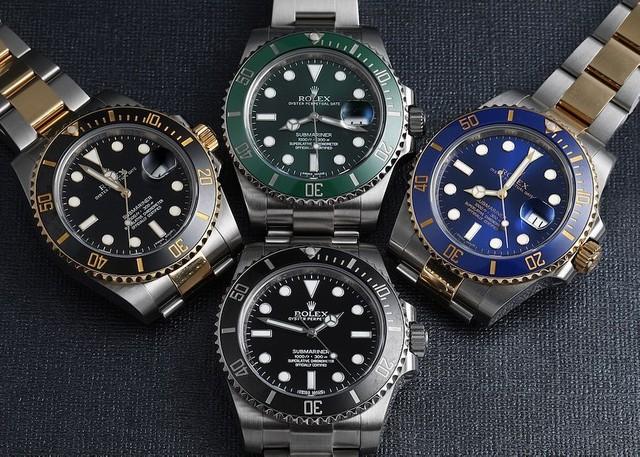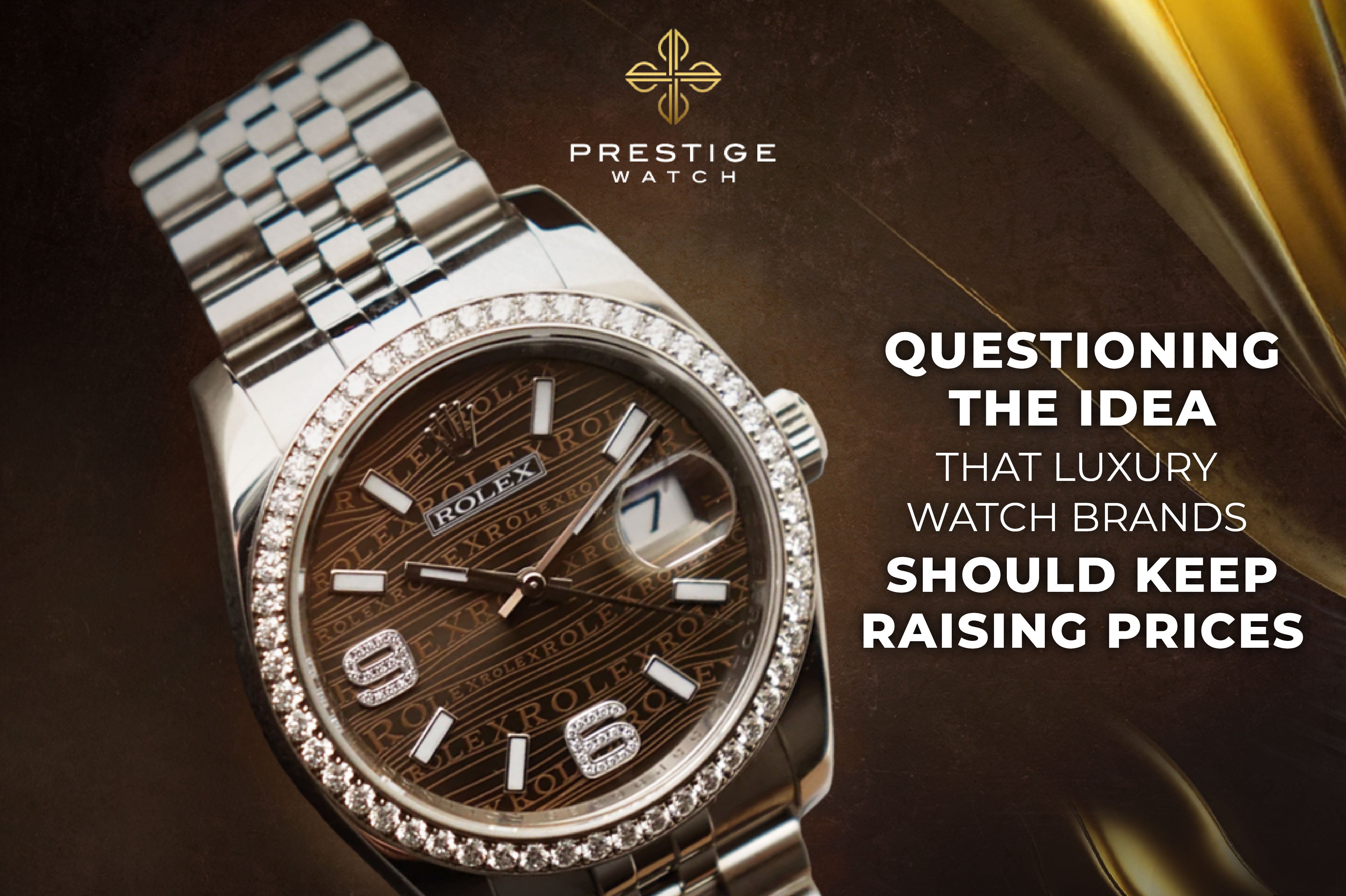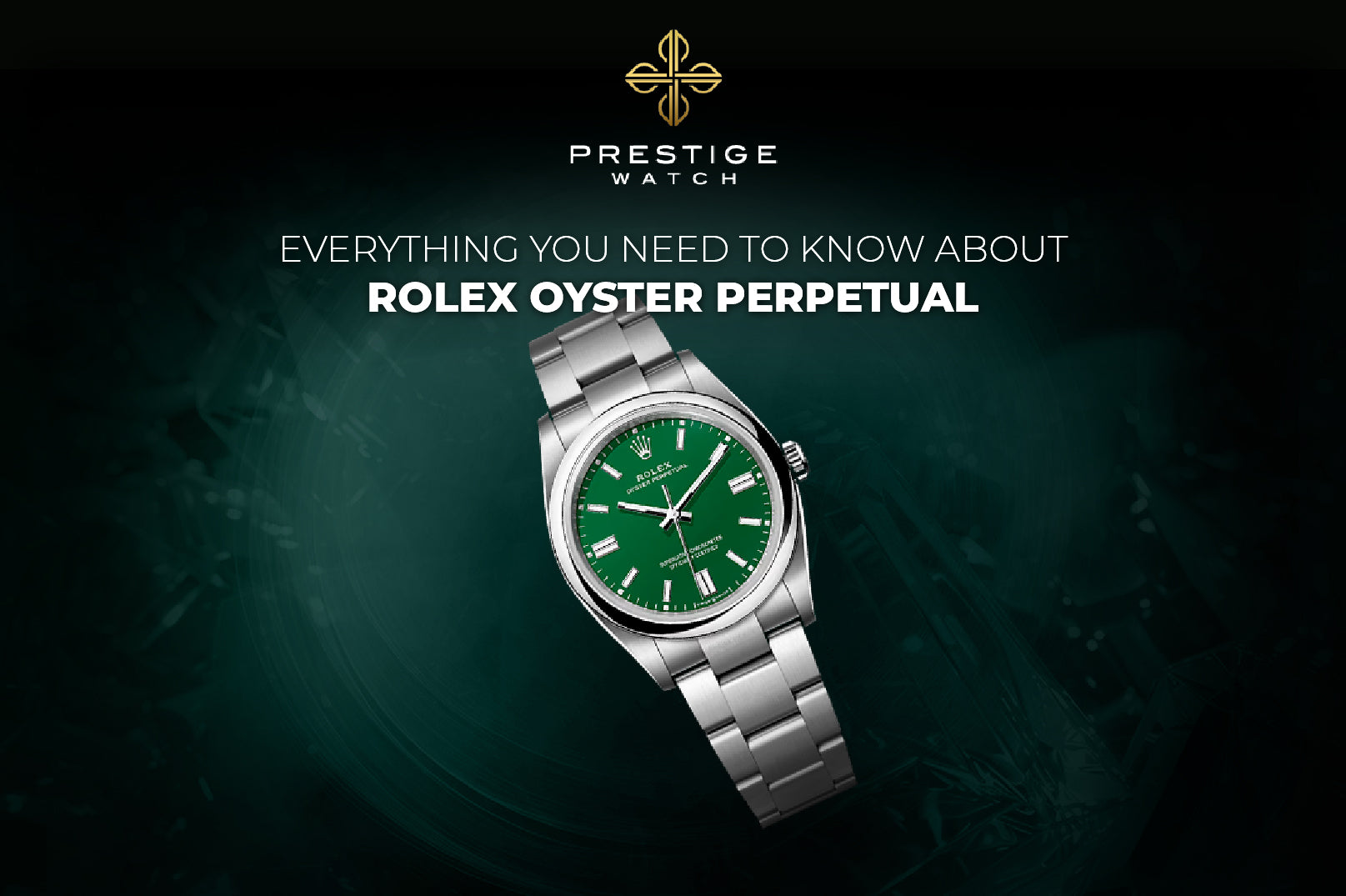Rolex fakes have existed for a very long time, but it is now increasingly difficult to spot them. The popularity of steel Professional models like the Submariner, GMT-Master II, and Daytona has meant that enthusiasts are paying as much as four times more than retail to get their hands on one. 3D printing has democratized the process of rapid prototyping, and the net results are fake watches that, to the naked eye at least, look indistinguishable from the genuine product.

Prestige Watch talks through how this has happened and three reasons why the cheeky buggers making Rolex faking fakes are getting much, much better at it. And that's coming from someone who actually owns a Pepsi, granted one longer in the tooth than this version, that incidentally is 100 percent authentic and photographed by us. Rolex cannot release a product until it is 100 percent perfect. If they did, it could potentially destroy their brand. Fake Professional Rolex models don't occur in a vacuum. The demand for them, as stated earlier, has never been higher.
Counterfeiters are incentivized to make a better final product, and they can charge more for it. You shouldn't buy a modern Rolex unless it's from an authorized dealer. The escalation in aftermarket prices is commensurate with the escalation in the price of fakes.




